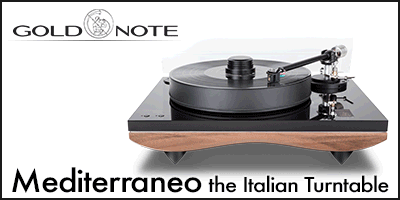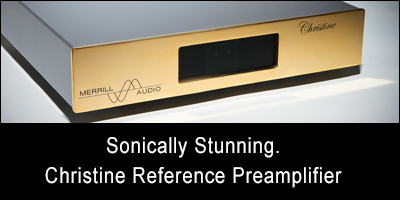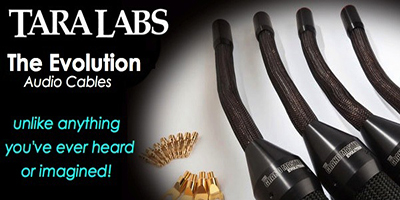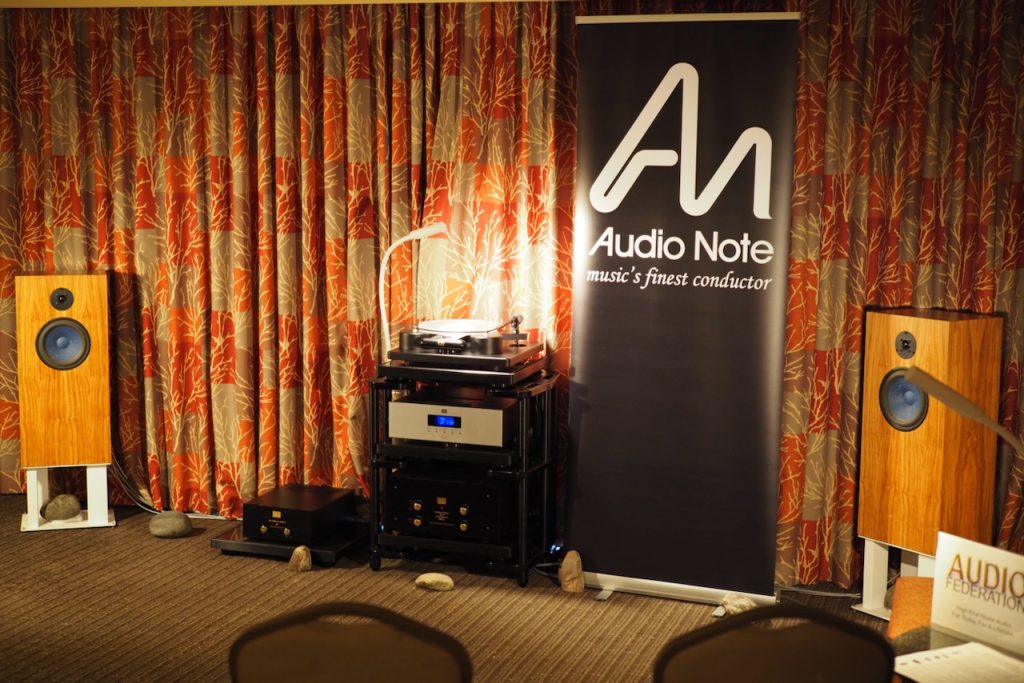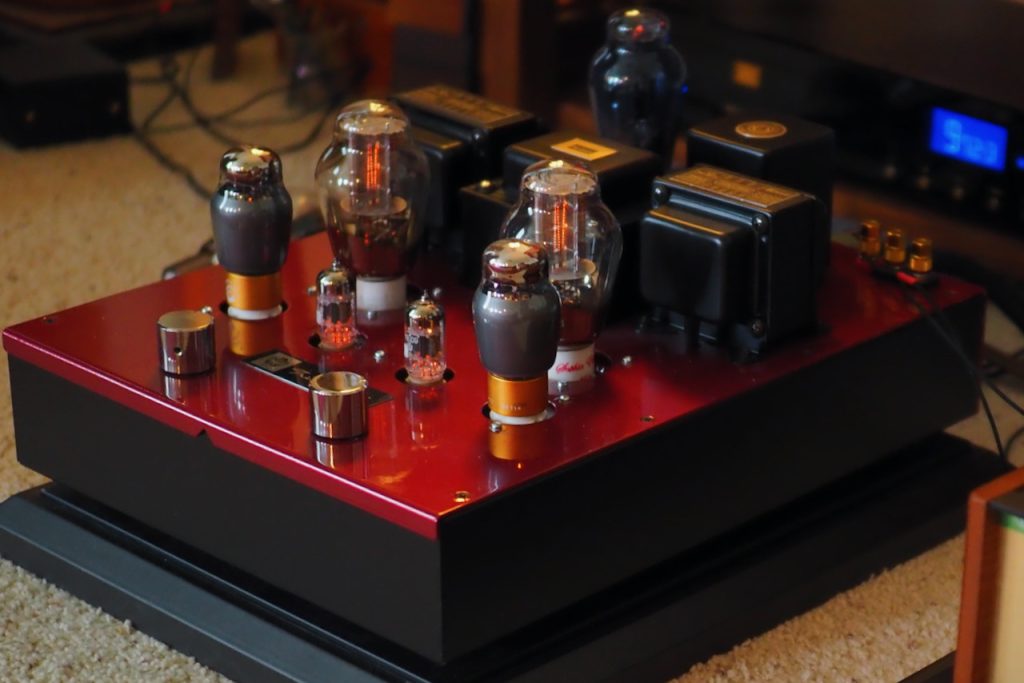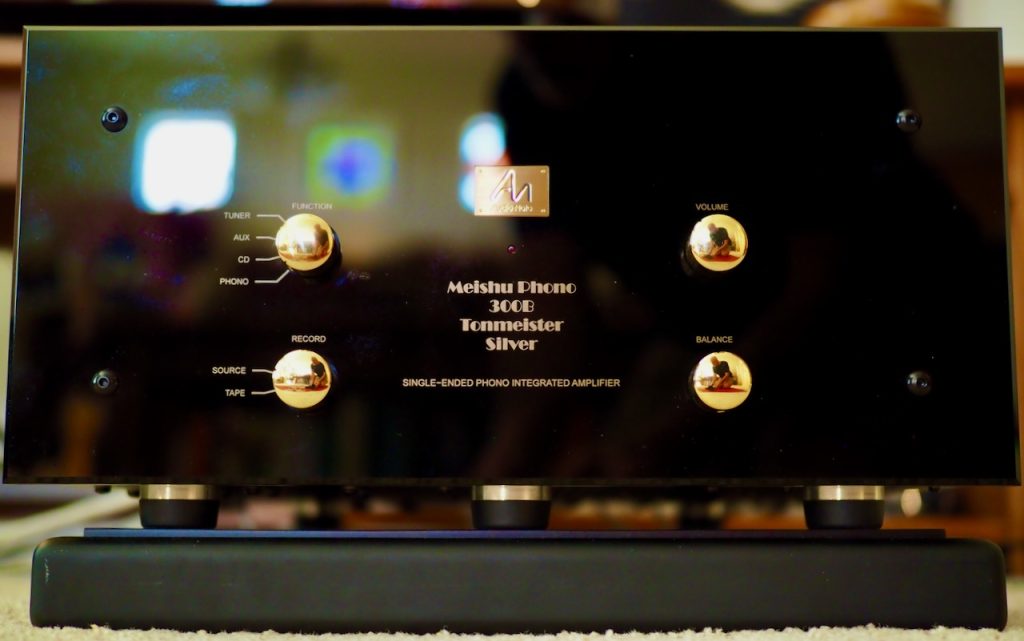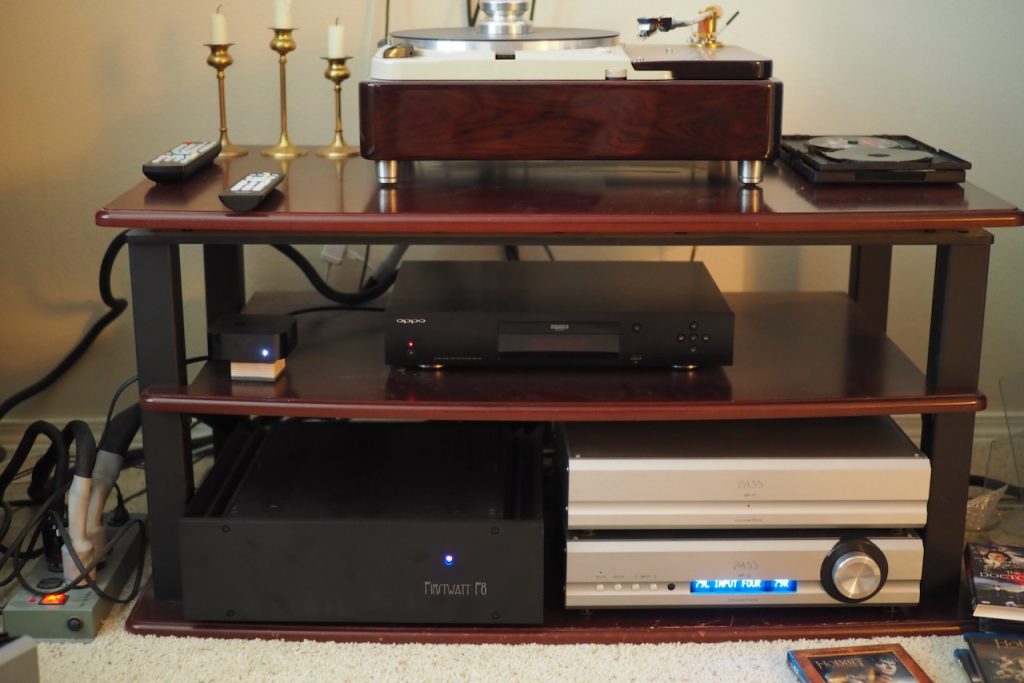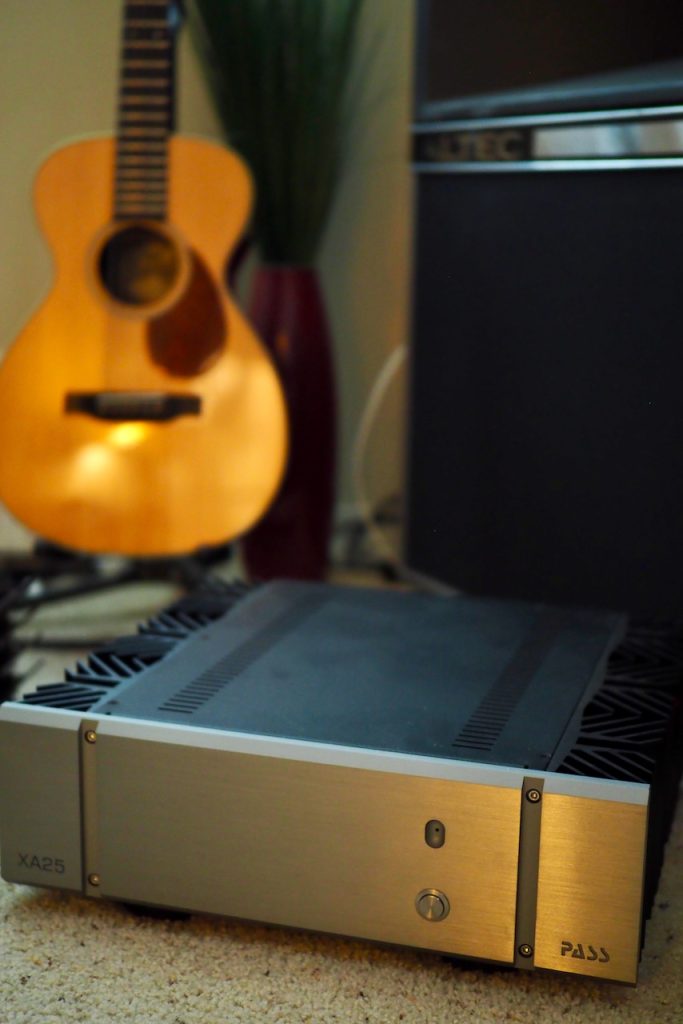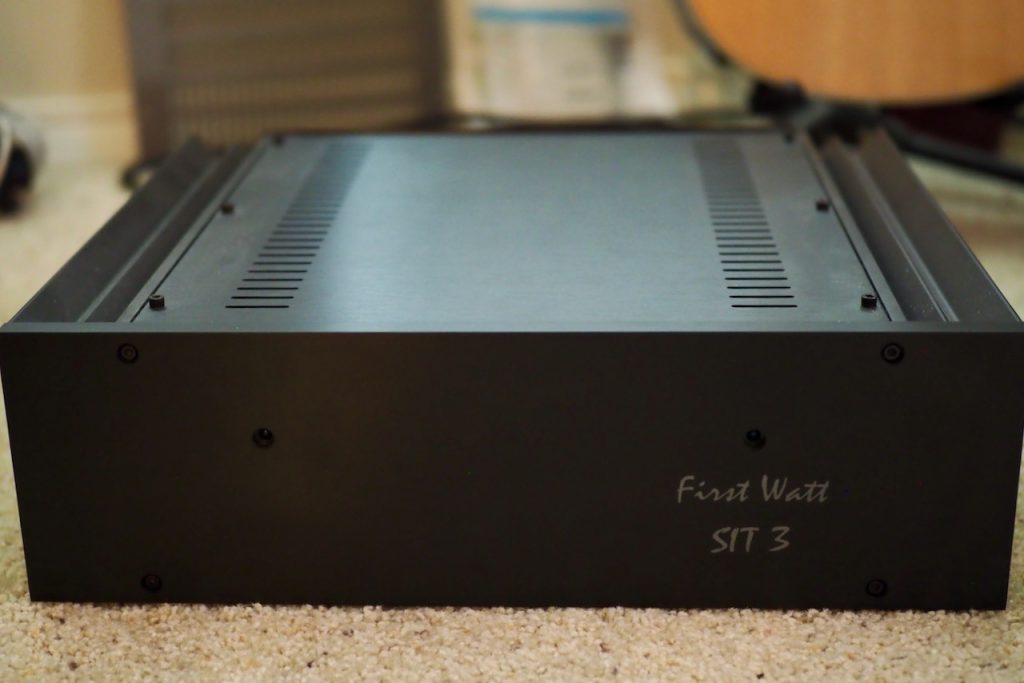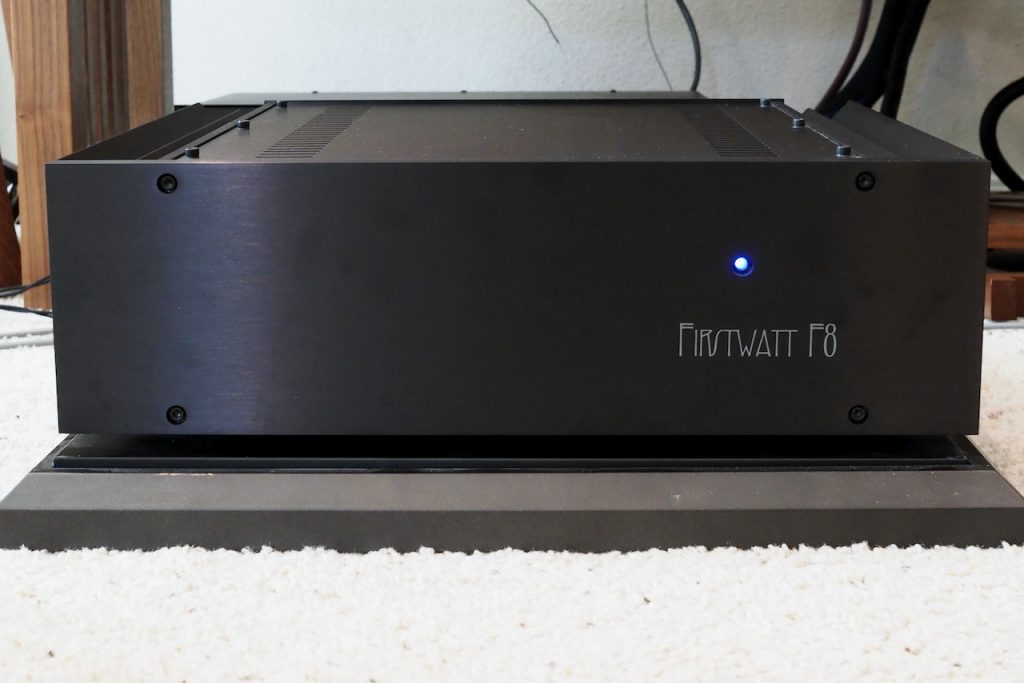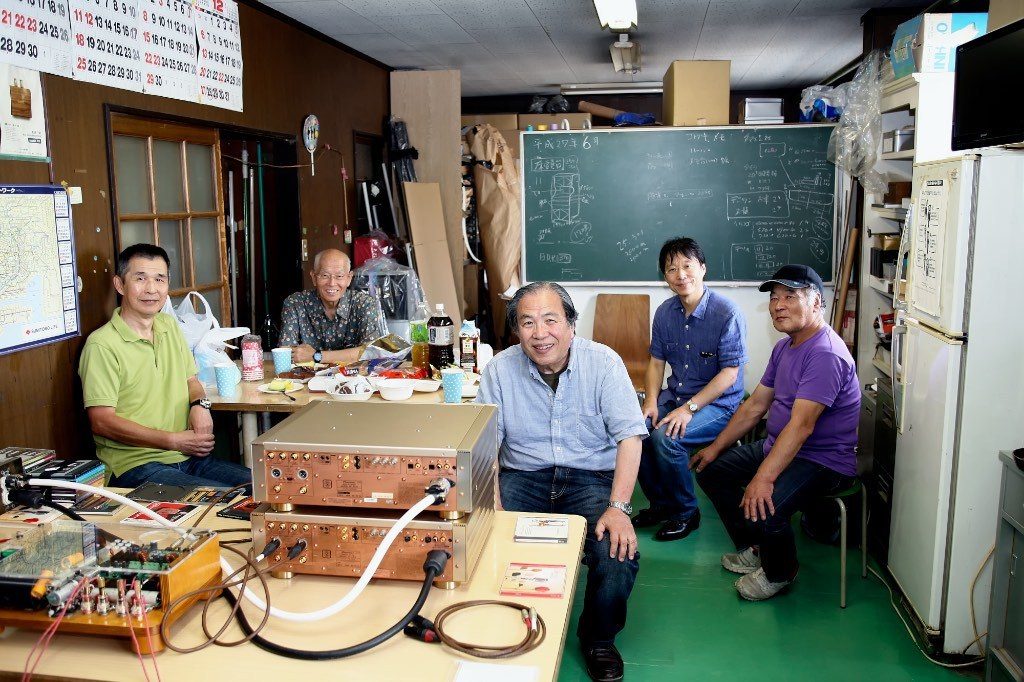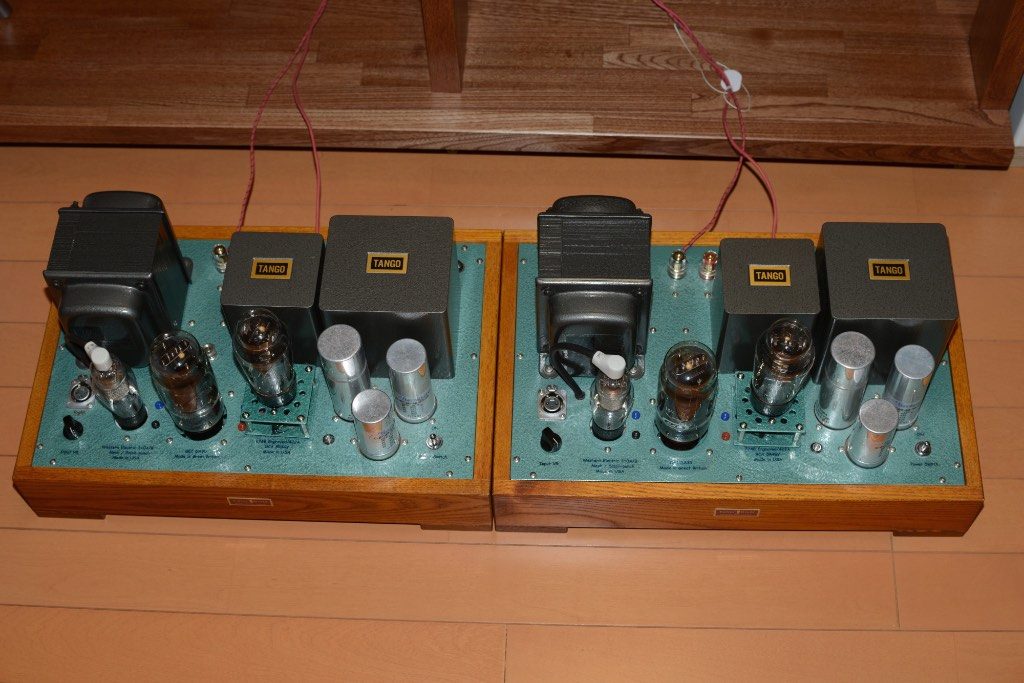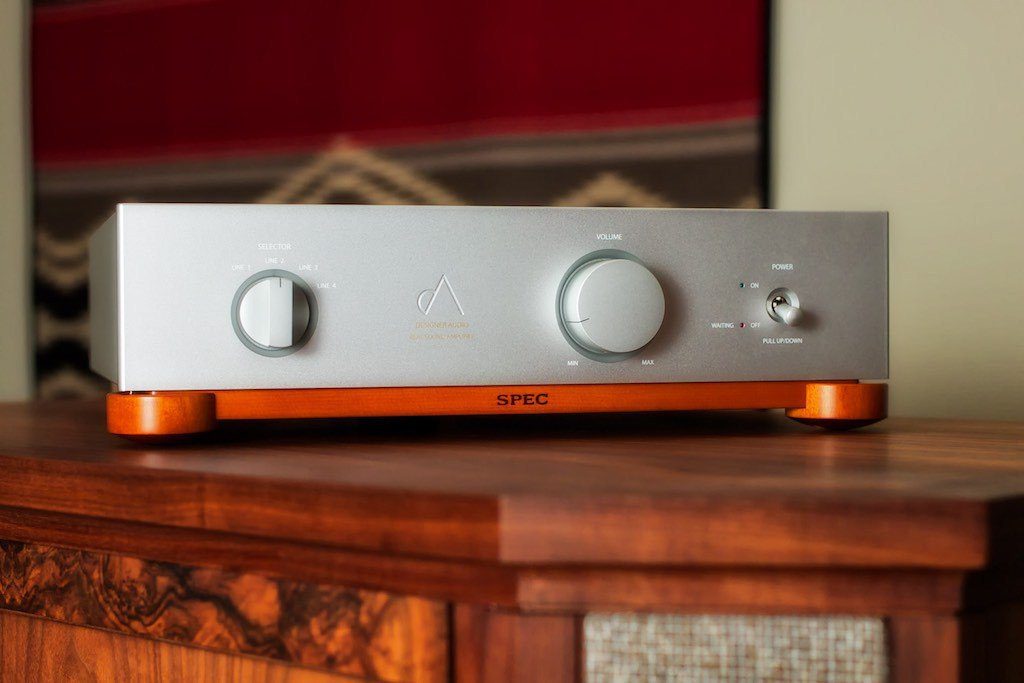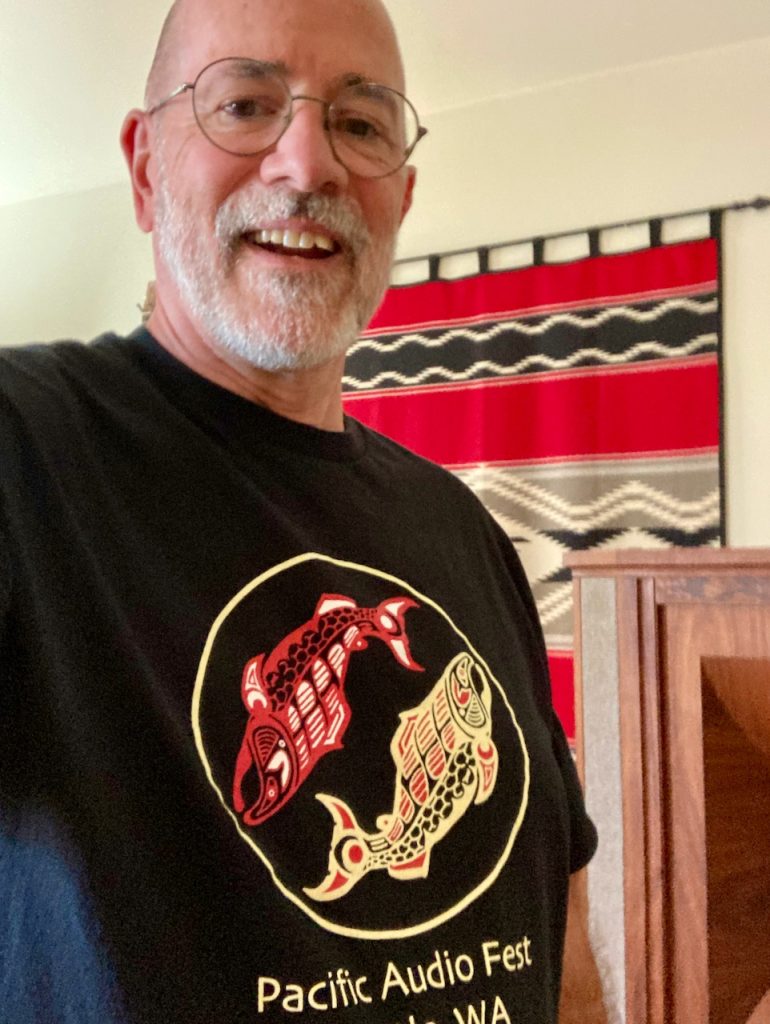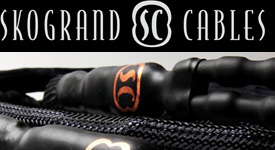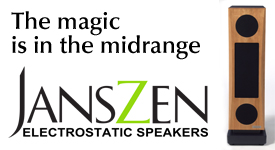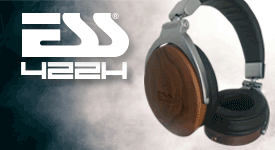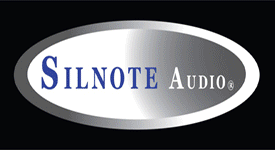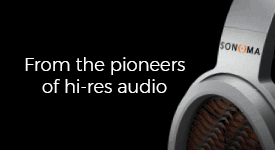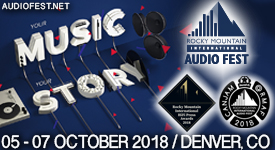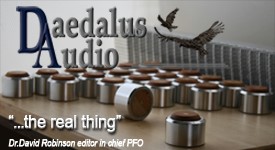A couple of good friends - Leo and Santos - stopped by for a little "single-ended-triode (SET) amplifier and wine tasting event" here at Jeff's Place.
The Pacific Audio Fest was the first hifi show that Doc Leo has attended. I enjoyed showing Leo around the Fest, and introducing him to the cast of characters at the Fest. A fun time for sure.
Doc Leo thought the Audio Note (UK) room at the Pacific Audio Fest (above) was the best sounding room at the Fest. While not inexpensive, the Audio Note (UK) system handily bested audio systems at the Fest that cost more than ten times as much.
I've had the privilege of enjoying a very similar Audio Note (UK) system here at Jeff's Place, with the exception of turntable and loudspeakers, so I already knew how good this set of components could be.
The Audio Note (UK) fest system consisted of the TT Three turntable (with PSU Three, Arm II/3, AN-S4 step-up transformer [review HERE], IO I moving-coil cartridge [review HERE]), the CD4.1x CD player [review HERE], the Meishu Phono Tonmeister Silver integrated amplifier [review HERE], the AN-E/SPe HE loudspeakers, AN SPe bi-wire speaker cables, Isis power cables, and AN-V and AN-Vx interconnects.
Leo was particularly impressed with how close the Audio Note (UK) system playing vinyl and CDs of cellist Vincent Belanger came to Vincent's live performance while playing his cello in an A-B comparison (above).
Leo was keen to hear the Audio Note (UK) kit on my Westminster Royal SE loudspeakers, as Leo also has Westminsters at home in one of his audio systems.
The Audio Note (UK) kit at my place differs a little from the show system, as I have my CTC Garrard 301 turntable as a source instead of the the TT Three turntable, but I do have the same AN-S4 step-up transformer [review HERE], IO I moving-coil cartridge [review HERE]), the CD4.1x CD player [review HERE], the Meishu Phono Tonmeister Silver integrated amplifier [review HERE], Audio Note (UK) interconnects and speaker cables, accompanied by my trusty Tannoy Westminster Royal loudspeakers.
Of course, we had a ball listening to several superb SET integrated amplifiers, including the Audio Note (UK) Meishu Phono Tonmeister Silver 300B SET integrated amplifier, and the Triode Lab 45 EVO SET integrated amplifier.
If you've been a Jeff's Place reader for a while you know how much I love high-performance integrated amplifiers, like the Triode Lab 45 EVO SET integrated amplifier, and the Audio Note (UK) Meishu Phono Tonmeister Silver 300B SET integrated amplifier.
Simplifying a system with a quality integrated amplifier makes it really easy to get superb performance with a low component count. Much more bang for the buck than with separates.
Leo's got a much bigger listening room than mine, so the superb 2 watt Triode Lab 45 EVO that works so well in my listening room with my Westminsters, might be a tad underpowered for Leo's Westminsters in his larger listening room.
Doc Leo and Santos really liked what they heard from the Audio Note (UK) kit, and I suspect Leo is already saving up money for an Audio Note (UK) Meishu Phono Tonmeister Silver integrated amplifier for his own Westminsters.
Other audio delights that I've really been having fun with lately are the Pass Labs and First Watt components I've been listening to in my vintage Altec A5 Voice of the Theatre loudspeakers based audio-visual system.
With the Pass Labs XP-12 preamp (review HERE) and Pass Labs XP-17 phono preamp (review HERE), I've been having a ball rotating the Pass Labs XA25 (review HERE), First Watt SIT-3 (review HERE), and First Watt F8 (review HERE) amplifiers through the system as part of gathering some long-term impressions for a review follow-up about them.
Audio is a fun hobby, and like all fun hobbies people have strong opinions about what they think is the best approach to the hobby. There are 'vacuum tube aficionados', 'solid-state aficionados', 'reel-to-reel aficionados', 'vinyl aficionados', 'digital aficionados', and so on.
What I've found over the years is that the aficionados of all of these categories of components are right, the components have gotten so good its ridiculous.
When listening to these components I quickly forget about the technology, and I just marvel at the level they perform at, and how grateful I feel to be able to be listening to them.
In the case of these Pass Labs and First Watt components, you get an incredible level of performance at a - for high-performance audio - wallet friendly price, and they are as reliable as can be. No tubes to change, just great performance, and their lifetimes will likely outlast yours (and certainly mine).
Wayne Colburn is responsible for the design of the Pass Labs XP-12 pre, XP-17 phono, and XA25 stereo power amplifier.
Listening to these Pass Labs components' performance while watching video in my audio-visual systems has reenforced to me that these are truly giant killer designs.
The Pass Lab XA25 may be the best everyman's amplifier I've ever encountered. At $4900 USD this push-pull Class A transistor amplifier punches way above its weight class, and even though nominally rated at 25 watts per channel, in reality it can pump out 80 watts into 8 Ohms before it clips.
For the XA25, you certainly don't need to pair it with highly sensitive loudspeakers like my vintage Altec A5 Voice of the Theatre loudspeakers, as you can drive just about any loudspeakers on Planet Earth with the XA25 and not run out of power.
Not only that, even on my highly sensitive A5 loudspeakers, the XA25 is dead quiet, and just oozes superb sound quality.
If blindfolded, even hardcore vacuum tube aficionados would likely think they are listening to a fine push-pull vacuum tube amplifier, so naturally musical is the XA25.
If I wanted to further mess with vacuum tube aficionados' minds, I'd sit them down blindfolded to listen to the First Watt SIT-3 and F8 stereo single-ended-transitor amplifiers designed by Nelson Pass.
The overall voicing of the First Watt SIT-3 single-ended-transistor amplifier is quite similar to that of the superb Triode Lab 45 EVO direct-heated single-ended-triode amplifier.
However, the SIT-3 has 18 watts per channel of output power versus the 2 watts of the 45 SET, and at $4000 USD, costs about half the EVO's price.
No the two amps don't sound exactly the same, but they do share in common a lot of transparency, lots of resolution, an utterly natural tonal balance, and an engaging sort of vivid 'real sound' quality about them that makes me feel like I'm listening to live music.
The First Watt F8 single-ended-transistor (JFET) is rated at 25 watts per channel into 8 Ohms. It sounds more powerful than the SIT-3, but less powerful than the mighty XA25, on my Voice of the Theatre loudspeakers.
The F8's voicing reminds me a lot of the Audio Note (UK) Meishu Phono Tonmeister Silver 300B integrated amplifier. The F8 is rich, warm, musical, dynamic, highly dimensional, and brings out the emotive elements in music and film in superb fashion.
Listening to the XA25, SIT-3, and F8 on my Altec A5 Voice of the Theatre loudspeakers just reenforces to me how good solid-state amplification has become.
Unless you have a particularly refined vacuum tube amplifier like the Triode Lab 45 EVO, or the Audio Note (UK) Meishu Phono Tonmeister Silver 300B, its likely these solid-state stereo amps from Pass Labs and First Watt might just show your vacuum tube amplifiers a thing or two about refinement, musicality, and natural sounding performance, or as our friend Yazaki-san likes to say, "real sound".
You might think I'm speaking out of turn by praising these solid-state stereo amplifiers so highly, but the fact is that they're just really, really, good amplifiers.
It turns out I'm not the only one who has been impressed with how good solid-state amplifiers can sound, even when compared to the ultra-refined direct-heated single-ended-triode vacuum tube amplifiers, like the custom amplifiers Yazaki-san builds for friends in the photo below.
Yazaki-san and I were catching up on what's going on in each others lives recently, when he surprised me with a rather grand suggestion for an amplifier project.
Speaking of his beautiful DA30 amplifiers, Yazaki-san said, "... I've been involved with this DA30 (PX25A) amplifier for almost half a century, and surprisingly, I'm still fascinated by its "Real-Sound"."
Then came a shocking statement from Yazaki-san, "About Jeff-san's RSA-M3EX, I could improve the sound quality up close to the level of my PX25A SET."
"The RSA-M3 EX's circuit design was almost based on Honda-san's AMP4 Class D reference
design. However, it requires a few modifications of the circuit board inside the product."
"However, this improvement method is not in the PWM converter at the heart of AMP4, but by changing parts of the analog circuit inherent in this reference design. This shows how Honda-san's AMP4, Class D reference design, is a remarkably desirable power amplifier system."
"In fact the sound quality of my single-ended-triode PX25A amplifier, with an extremely
simple circuit configuration, and the finest vintage tubes, compared to this modified RSA-M3 EX Class D amplifier with the latest technology, sounds extremely similar. It's amazing to me."
"It took fifteen years after I first experienced the sound of Honda-san’s AMP4, but now I feel like my adventure to reach the secrets of analog circuitry has led to the final chapter by the fact that these two very different amplifiers can be made to sound very similar."
Gasp! I'm really excited about the fact that the hot-rod mods Yazaki-san has developed can put the SPEC RSA-M3 EX Class D amplifier at a level of performance that rivals his custom single-ended-triode PX25A amplifiers. That's astounding!
Let me mention one more thing: Where I live, we've had a record string of 100F+ (38C+) days, with a high of 114F(46C) at one point. That's not ideal weather for listening to hot running Class A amplifiers.
However, a cool running Class D amplifier that performs at a level similar to Yazaki-san's custom single-ended-triode PX25A amplifiers, might just be a dream come true for those who live in places like I do, where it gets too hot in the Summer listening to Class A vacuum tube or solid-state amplifiers.
I'm really, really, excited about the hot-rodded SPEC RSA-M3 EX Class D amplifier project that Yazaki-san has proposed, and I'll keep you posted about any developments as I find out more.
As always, thanks for stopping by, and may the tone be with you!

